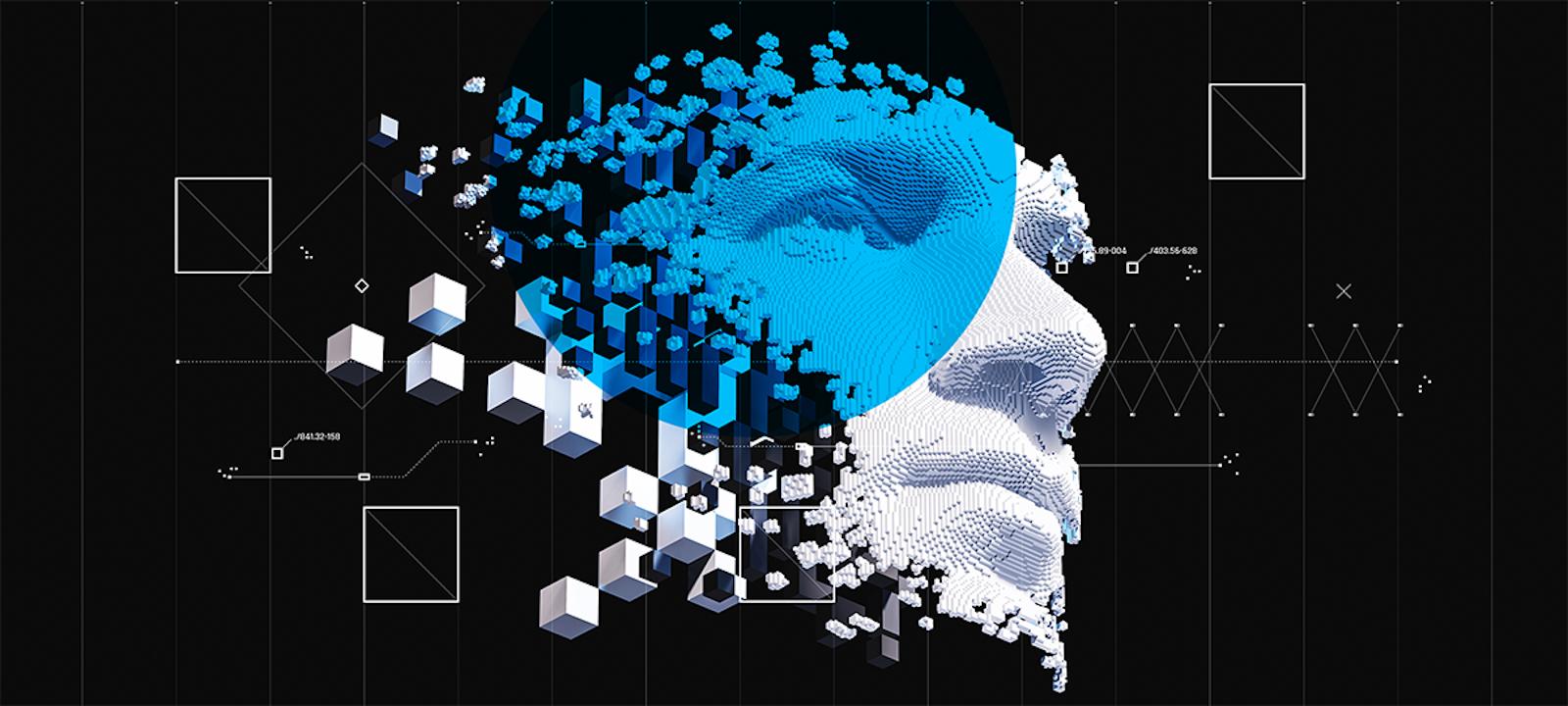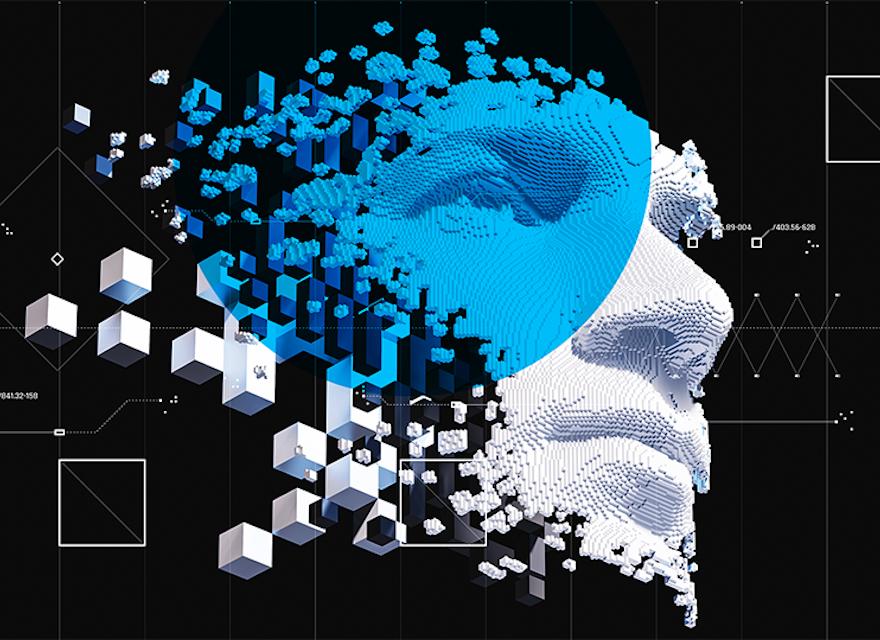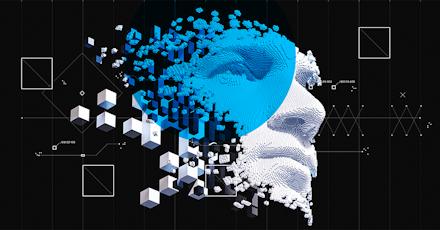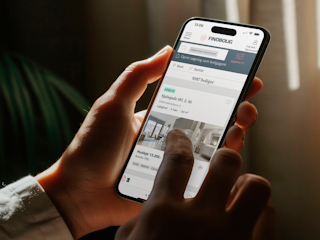For those of you less familiar with what Computer Vision is - it’s the combined impact of capturing real-time video, processing the images and applying Artificial Intelligence (including facial recognition) to make sense of what is going on. Essentially, it’s simulating a human, but much smarter, more accurate and more effective at providing a highly personalized service … to everyone.
By analyzing in-store real-time behaviors, retailers can now start to make decisions that directly impact sales from afar. From personalized, targeted advertisements and promotions offered up to consumers on the shop floor, to making better stock management calls based on the state of products on the shelves, CV is a very welcomed addition to our innovation toolkit.
Here are 5 reasons why we’re excited.
1. Computer Vision is personalization on steroids
If the customer chooses to opt-in for personalized service, the facial recognition element of Computer Vision means that retailers will now be able to tell when a repeat customer has entered the store. Historical data will indicate previous purchasing behaviour and store location data will indicate where they are at any given moment. This gives retailers the opportunity to provide personalized offers, discounts, adverts and notifications to their customers either via push notifications to their phones or via connected billboards at specific locations. If we thought loyalty cards were good, imagine what this could mean for real-time customer purchase decisions.
Cumulatively, this amount of data gathered for all of your customers means a much more accurate ability to predict and manage stock inventories and determine the best offers/discounts to offer to increase sales.
2. Genuine omni-channel opportunities
The ability to accurately link your online activity to your in-store behaviour also boosts the omni-channel experience delivered to your customers. Online browsing data might tell you that the customer has been looking at some Nike trainers, the visit in-store resulted in trying and buying the same pair browsed online and the online profile is updated accordingly. No frustrating adverts or comms on products you’ve already purchased, and more targeted promotion of products you’ve been browsing in store when you go online.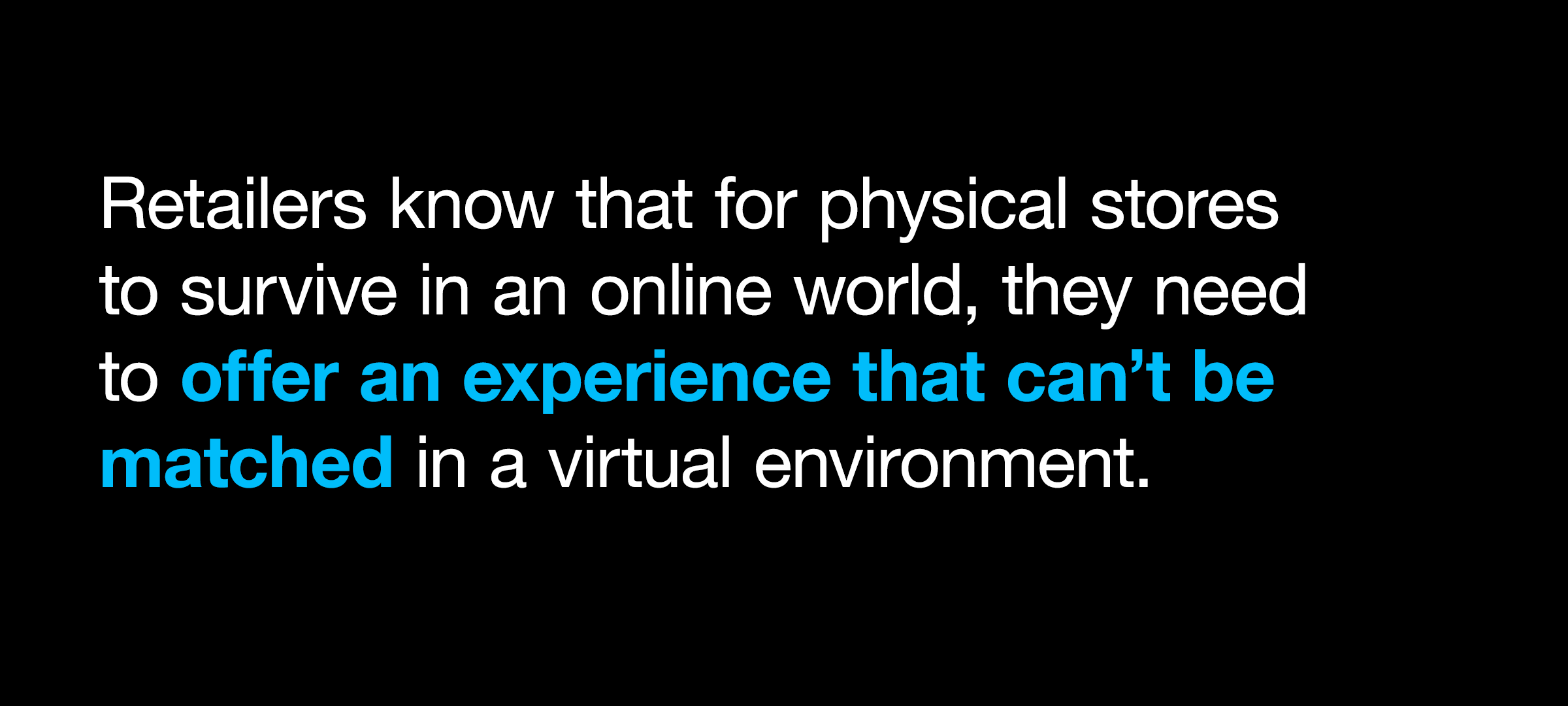
If facial recognition feels a bit too invasive but a customer still wants to allow the store to personalize their experience, WiFi personalization can track a customer’s phone and provide a similar experience. Retailers can go a step further and combine a shopper’s in-store behaviors with their online profile to make their omni-channel profile complete. When used together, these two technologies allow retailers to not only give a customer the feeling that the store knows them individually, but provides the retailer valuable information about how a customer interacts with their brand in both the digital and physical domains.
3. Computer Vision is basically a store manager
Retailers are looking at ways to up-skill and better enable their staff to provide a better overall customer experience. Up to now we’ve seen digital tools (like those seen in the Container Store) acting as employee-assistants; offering detailed product info, stock level data and personalized offer information. Computer Vision means that not only can managers give their staff the tools they need to boost performance, they can also use tech to determine overall customer satisfaction levels. Facial recognition analysis will show whether customers are satisfied or dissatisfied with the level of support they are getting from the staff. That data enables managers to step in in the immediate term, but also means that they can offer training and support to improve customer facing opportunities.
Computer Vision also gives you a bird’s-eye view of stock levels, the state of the shelves and a general impression of the overall running of your store. From suspicious behaviour to promotional opportunities, every angle is covered.
4. Data-driven merchandising
Historic, real-time and location data can all be combined to give you clearer indications of where promotional / increased sale opportunities lie. Heat maps can provide actionable insights on product placement and product recognition ability means that customers can expect to receive real-time information on whatever it is they are looking at. From product reviews to usage guidelines, the opportunities are endless for customers looking for a value-added shopping experience.
5. Seamless Payment options
Taking the lead from Amazon Go, Computer Vision gives consumers the opportunity to grab-and-go, leaving the financial part to carry on in the background. Retailers know that for physical stores to survive in an online world, they need to offer an experience that can’t be matched in a virtual environment. By identifying, and removing, customer pain points with frictionless payment options, customers will have to come up with new excuses to avoid the weekly shop.
----------
It’s not unreasonable to view Computer Vision as the start of a 1984 (the book, not the year) dystopian shift, but the true value will come in the way it’s executed in-situ. We know that consumers hate handing over their data unless they get something in return; we also know that people feel uncomfortable around the use and ethical implications of facial recognition technology so the vital thing for retailers is that they come up with ways to introduce these game-changing technologies without alienating their customers. Tactful, considered execution of Computer Vision should mean that the added value to consumers is enormous and pays for itself, but clumsily introduced, you risk losing your market share.
Furthermore this is a technology that can be applied well beyond the realms of retail. Ideas around it’s application in hospitals (patient triaging and drug management), manufacturing (site management, tool / materials inventory) or the Public Sector (limitless applications!) is all incredibly exciting.
For retailers the rules are simple; make it seamless, subtle and valuable and get ready for a transformative couple of years.
